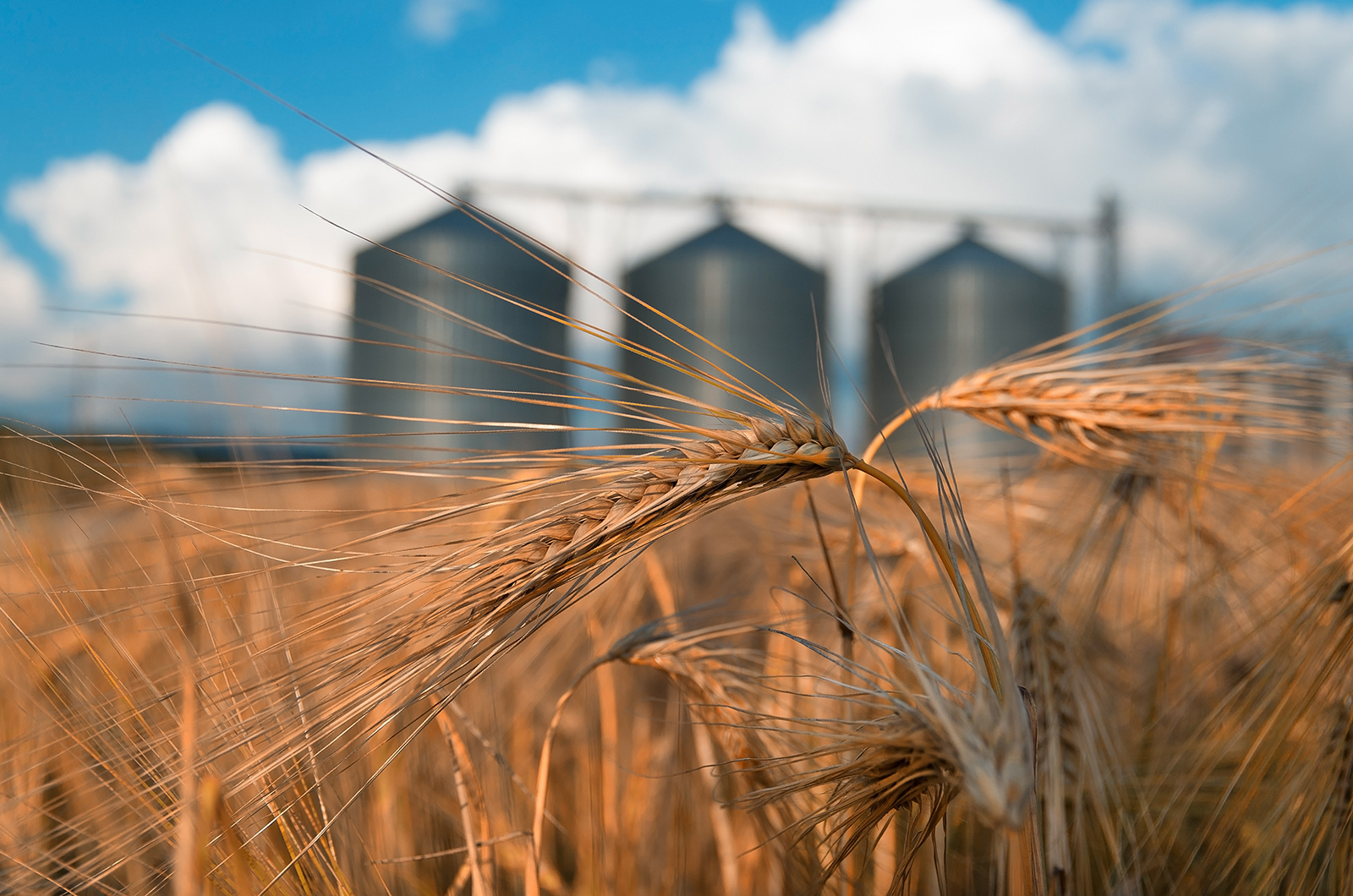COVID-19 Supply Chain Impact on Silo and Bin Storage

The Importance of Silo and Bin Storage in Post-Pandemic Supply Chains
The COVID-19 supply chain impact has disrupted industries worldwide, including silo and bin storage. As the pandemic evolved, storage facilities faced challenges in material supply, construction, and inventory management.
Industries reliant on silo and bin storage closely monitored these changes. Grain storage operators adjusted capacity based on food producer demand. Meanwhile, escalating building material costs increased capital expenditures for constructing and maintaining storage structures.
Effective planning after COVID-19 and resulting market fluctuations requires asking critical questions like, “What is the silo and bin storage outlook for 2021 and beyond?”
Insights from the Professionals at Mole•Master
COVID-19 Supply Chain Impact on Food and Grain Markets
Only a small portion of total grain production goes toward human consumption. Most grains support the fuel and livestock industries. The panic-induced grocery runs in 2020 had little effect on the grain market. Instead, decreased travel impacted fuel prices, while increased demand from China further influenced the market (AgriLife Today).
According to KFGO radio, “Farmers’ fortunes have changed as food supplies tighten worldwide due to rising demand from China and as governments build food stocks during the COVID-19 pandemic, spurring global food inflation.”
Many regions, including Australia, experienced larger-than-average harvests. The Land reported renewed interest in grain sheds as on-farm storage options. This shift could benefit silo owners, as farmers may overproduce to meet higher export demand, potentially leading to oversupply in 2022 or 2023—creating growth opportunities for the storage industry.
How Supply Chain Recovery Affects Silo Construction
Early 2021 saw a spike in construction material costs. According to Metal Miner, the Stainless Monthly Metals Index (MMI) increased by 4.5% in February. Similarly, the Raw Steels MMI rose for the ninth consecutive month, increasing by 0.5% as U.S. steel prices continued to climb.
Many steel producers had idled production due to the pandemic’s impact on demand. However, as construction demand recovered faster than anticipated, pricing pressures increased. Fitch Ratings expects steel production to accelerate to meet pre-pandemic consumption levels. As a result, silo owners planning new constructions can expect lower building costs in Q2 or Q3 of 2021.
What the COVID-19 Supply Chain Shift Means for Storage
Analysts predict the global silo industry will grow alongside the grain industry. Experts forecast a Compound Annual Growth Rate (CAGR) of 4.8%. North America is expected to maintain the largest market share, driven by expansions from major players and increased demand in the U.S. Additionally, flat-bottom silos are projected to be the fastest-growing segment in the grain silos and storage market.
Conclusion
The COVID-19 supply chain impact continues to affect the silo and bin storage industry. Steel production is ramping up, leading to anticipated price reductions. Current demand for grains and soybeans remains high, which could lead to oversupply and increased storage needs in the future.
For expert cleaning, maintenance, and inspection services, consult a silo professional as you prepare for 2021 and beyond. Request a quote here.

